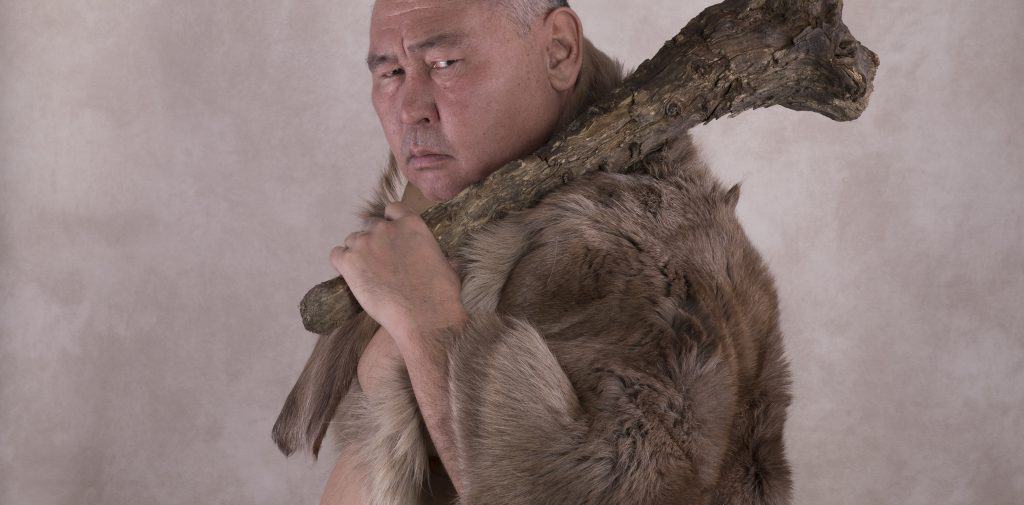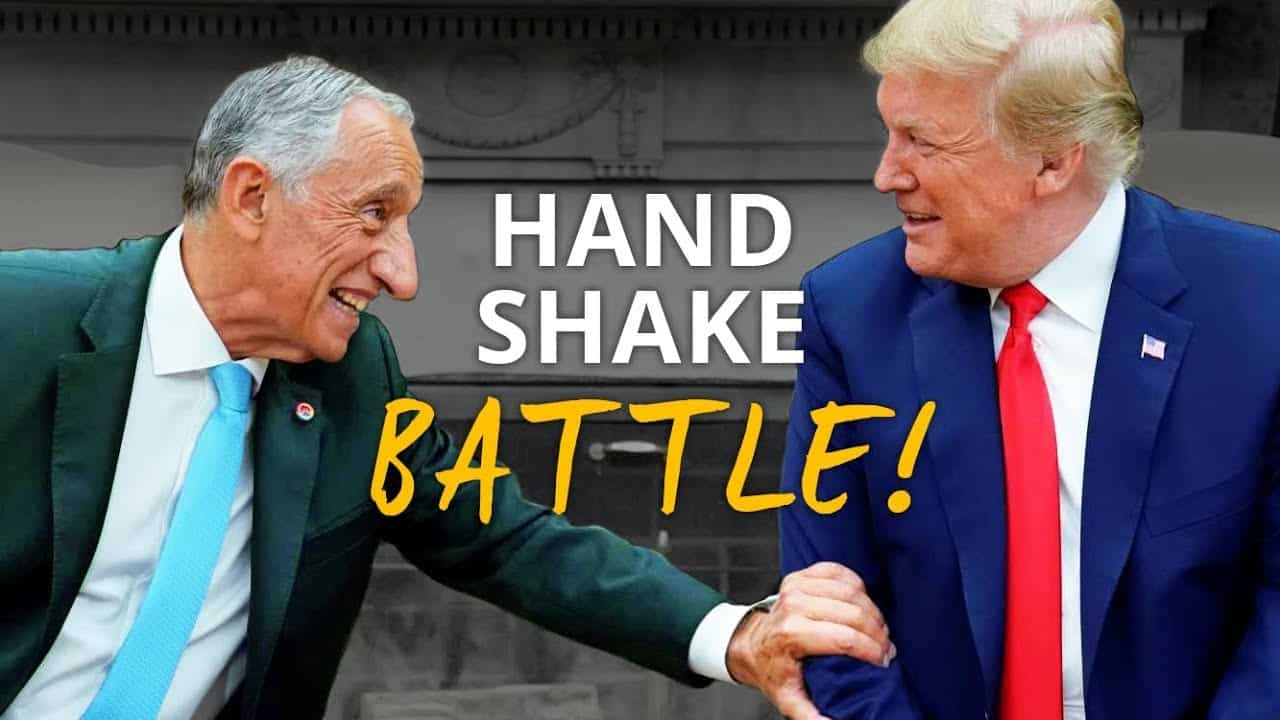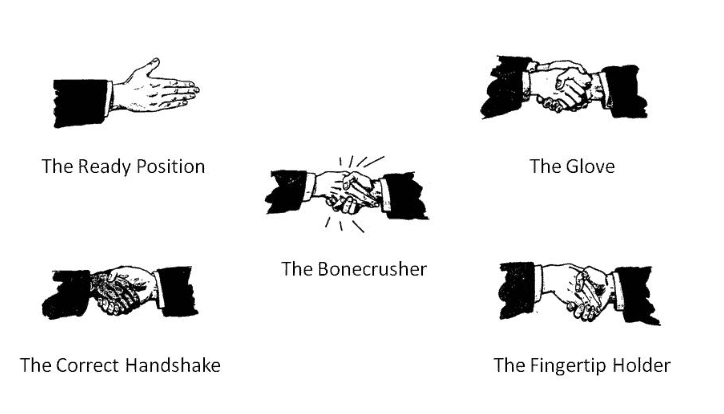How HR Leaders Can Set the Right Company Culture by Promoting a Culture Not Based on Handshakes
Handshakes may become a thing of the past in our culture.
In American work culture the handshake is the norm in business. With the current global situation, the time-honored gesture may be replaced by other forms of communication that still carry the same message.
In this article we look at the handshake’s origin, how Covid-19 changed the scene, and what leaders in organizations can do to continue to promote a culture of unity.
~~
Article Summary
Unless you’ve been living in a secure bunker in New Zealand, you know that Covid-19 has introduced society to the vexing concept of social distancing. Germs are on us. They are on our hands.

~~~
Not With a Handshake
Before we started working in corporate America more than likely we were taught a few things.
- Don’t take personal calls at your desk
- Don’t interrupt colleagues when they are speaking
- If you’re sick, stay at home
- Cover your mouth when you sneeze
- Avoid being the first one out the door at the end of the day
And finally
- Greet someone with a handshake
[This full list is titled “50 Office Etiquette Tips to Transform Your Company Culture” and is available here].
In the era of Covid-19 it’s probably best if people didn’t shake hands.
~~~~
How the Handshake was Invented

The handshake dates back to our caveman days. In the 5th century B.C. in Greece it was a symbol of peace, showing that neither person was carrying a weapon.

Others say that the shaking gesture started in Medieval Europe. Knights used to walk up to one another and remove their visors. By raising their visors they revealed their identity and demonstrated they were friendly. (We still use the salute in our modern military). Similar reports found that knights would shake hands in an attempt to shake loose any hidden weapons.
~~~~~
Handshake Norms in Business

We still see displays of dominant behavior in our corporate culture. (If you Google “handshake between presidents” you will find thousands of pictures of past presidents vying for control in what would seem like a primal battlefield). However, the psychological research in the realms of human relationships, non-verbal communication in work relationships point to the fact that there is a clear advantage deferred to someone that uses handshake gestures.
~~~~~~
Still A Part of Our Corporate Culture
Psychology Today wrote a post titled The Art of Handshaking which advises people on the correct ways to shake hands during a job interview, company meeting, or overseas visit.
In a 2016 paper called The Negotiator, the authors found that 93% of communication is nonverbal and only 7% of communication is verbal.

~~~~~~~~
A Question of Gender Equality
If men are physically stronger than women, is it fair to set a norm that gives them an advantage over business interactions?
Furthermore, why do we feel the need to beholden ourselves to traditions of the past – especially when they can be viewed by medical science, psychological theory (and just good old common sense) that they are ineffective.
“It’s imperative for individuals who travel abroad for business to educate themselves and their teams on the proper business etiquette and accepted protocols for that country. Not knowing the idiosyncrasies within the culture can have unintended misunderstandings that can be embarrassing, costly to a marketing campaign or a contract deal falling apart.”
-Marla Harr, Consultant at Business Etiquette International
~~~~~~~~
Say “No” Handshakes At Work 🚫🤝🚫
Being a Human Resources leader, a company owner, or a manager requires you to work with people. We believe some traditions are worth leaving behind.
“The time-honored handshake spreads goodwill in the workplace—in job interviews, at staff meetings and during other face-to-face interactions. But the handshake also spreads germs.” -John Eagan, SHRM, April 27, 2020
Share this article with your team and help them fight the spread of Covid-19.
🙅🙅♂️
~~~~~~~~~

Hand Shake Alternatives
-
- The Bow – The bow is universally understood and is already practiced in China and Japan. It is subtle and does not require physical contact.
- 🙏 Namaste – If you practice mindfulness you may already be familiar with the “Namaste gesture.” Hands are folded together, held to the chest, and the person takes a slight tip (or bow) in the direction of the person.
- Smile – Smiling is universal. It connotes approachability and warmth, although it may not be appropriate all around the world.
- The Nod – A slight head nod communicates familiarity between people.It’s much less awkward than a close proximity wave.
~~~~~~~~~~
Tammy’s Take on the Handshake
In a recent SHRM article, an HR leader was quoted as saying “From an HR standpoint, we are continuing to look for tangible, authentic and professionally appropriate methods to connect. Taking the handshake out of the workplace leaves the company one less instrument to welcome and engage with the team.”
We Ask Tammy
How are some ways teams can continue to stay connected without spreading germs?
We need to balance the physical contact with the risk of spreading germs.
As a society we get to reform our habits and figure out new ways to connect. We need to hit alt control delete and find solutions that allow people to connect non-physically. The intention is to make people comfortable when meeting in the workplace and/or in personal settings.
Personally, I see the handshake as a universal gesture. In my opinion it portrays trust and confidence.
We get to redefine what that looks like.
This won’t be a one-size-fits all solution, as that will depend on corporate culture and what is appropriate.
Moving forward, we want to be wary in being quick to adopt any new trend. For example, before the quarantine, many people here in the US started to do elbow knocking/bumping. I would ask “does this become the new handshake since if you don’t touch your elbow to your hands or your face do you still practice good hygiene?” Similarly, we must look to other countries, such as China and Japan, who already practice the bow – and conduct scientific tests to see if these practices have any connection to a sanitary matter.
~~~~~~~~~~~
Summary
In this article we covered how the handshake was invented. We recognize its widespread use in business and corporate culture. We urge leaders who wish to use novel ways of communication to start now; and to start shifting the culture through education, one person at a time. We suggested handshake alternatives. However, there is no “right” answer; what may work for one team or culture may not work for another.
Give us your thoughts! Do you think handshakes should be retired from the workplace?
What are your favorite handshake alternatives?
~~~~~~~~~~~~~
HR Questions? We’ve got answers.
From HR outsourcing to leadership training and career coaching, Tammy Klein works with individuals to help them refine their resume, interviewing, and soft-skills. She works with English speaking businesses to help them implement better HR solutions.
Call Tammy today at 305-775-5640

